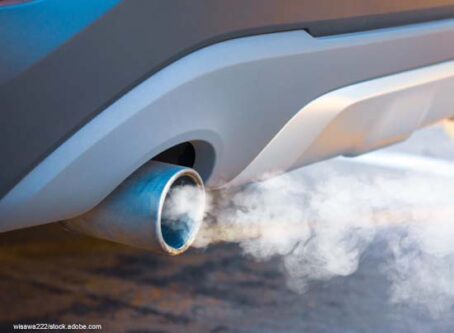Buttigieg acknowledges ‘safety concerns’ with DRIVE-Safe Act
Addressing a question about the DRIVE-Safe Act, U.S. Department of Transportation Secretary Pete Buttigieg said it was something that could be considered as long as the “safety concerns” were satisfied.
During a Senate subcommittee hearing on Transportation, Housing and Urban Development last week, Sen. Mike Braun, R-Ind., asked Buttigieg if the U.S. DOT would consider implementing the DRIVE-Safe Act, which would allow 18-year-olds to become long-haul truckers.
“I think it’s something we can explore provided we satisfy any safety concerns that arise with it,” Buttigieg said. “We know that experienced drivers are the safest drivers, but to your point, you have to begin getting experience at some point.”
The DRIVE-Safe Act, S659, was introduced by Sen. Todd Young, R-Ind., and is meant as a solution to claims that there is a shortage of truck drivers. The current minimum age to operate a commercial motor vehicle in interstate commerce is 21. The DRIVE-Safe Act would allow drivers as young as 18 to cross state lines.
The Owner-Operator Independent Drivers Association, the Teamsters, and numerous safety groups have spoken out against the DRIVE-Safe Act.
Earlier this month, a coalition including OOIDA, the Teamsters and Advocates for Highway and Auto Safety wrote to leaders of a Senate subcommittee on transportation about the dangers involved with lowering the age for long-haul truck drivers.
Young driver stats
“Studies of young CMV drivers show that as the age of the driver decreases, large truck fatal crash involvement rates increase,” the coalition wrote.
The groups cited studies that indicate commercial motor vehicle drivers between the ages of 19-20 are six times more likely to be involved in fatal crashes than all truck drivers.
“Additionally, a 2015 public opinion poll commissioned by Advocates for Highway and Auto Safety showed that 73% of the public opposed allowing teen truck and bus drivers to operate a CMV in interstate commerce,” the coalition wrote.
Driver shortage?
OOIDA and the other members of the coalition also contend that there is not a driver shortage. Instead, the groups say the real issue is a driver retention problem because of low pay and poor working conditions.
The coalition points to turnover rates of 90% or more for large motor carriers and more than 450,000 new commercial driver licenses being issued each year.
In addition, a 2019 report published by the U.S. Bureau of Labor Statistics contradicted decades-long claims by the American Trucking Associations that there has been a truck driver shortage. The report concluded the evidence does not support a labor shortage and that increasing wages could alleviate any issues with recruitment and retention.
If there’s not a driver shortage, the coalition said there is no justification for lowering the interstate driving age and “endangering” the public by passing the DRIVE-Safe Act.
“Instead of advancing initiatives that will not address the retention issue but will degrade public safety, the industry should be focused on keeping drivers through improved safe working conditions,” the coalition wrote.
Buttigieg said during the hearing that the Biden administration has been looking into any problems that could affect the supply chain. President Joe Biden recently announced the formation of a new task force to address supply chain disruptions. The task force includes Buttigieg, Commerce Secretary Gina Raimondo, and Agriculture Secretary Tom Vilsack.
“Our commitment is to look for solutions that balance safety, economic need and all of the other considerations that are affecting us, because it is a real concern,” Buttigieg said. LL









